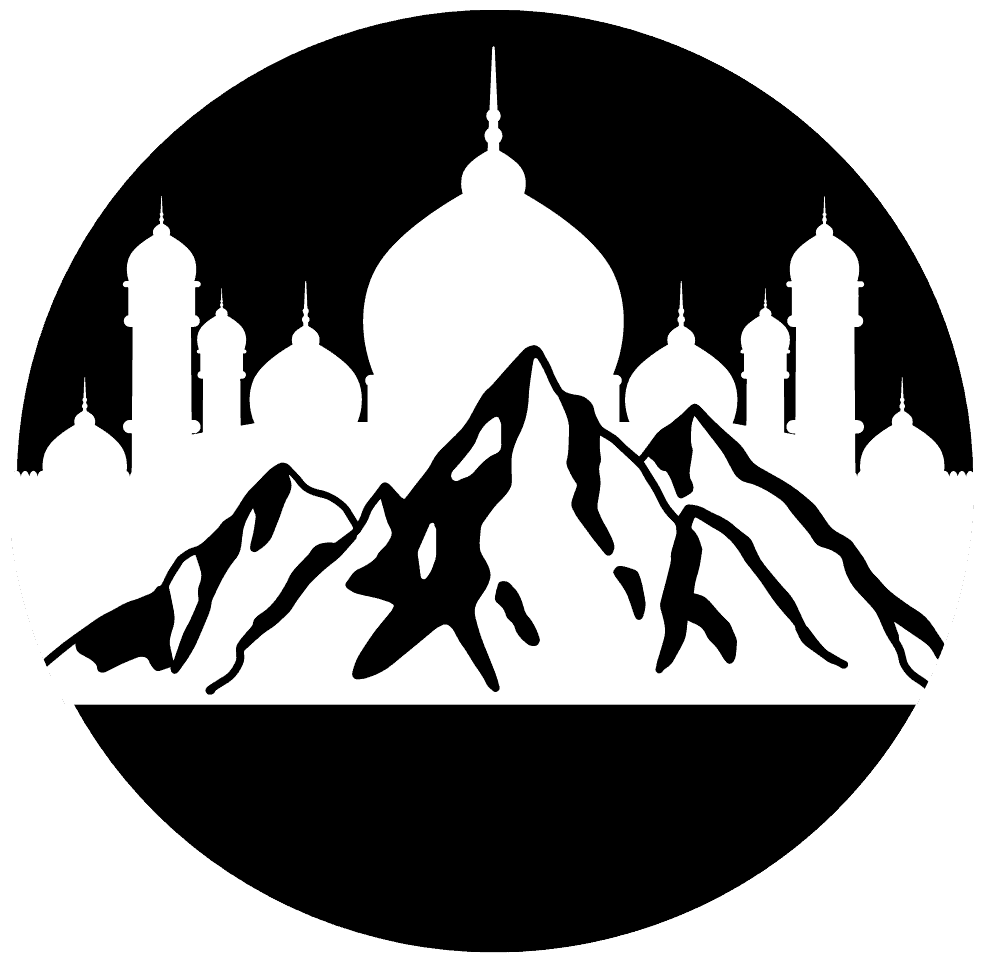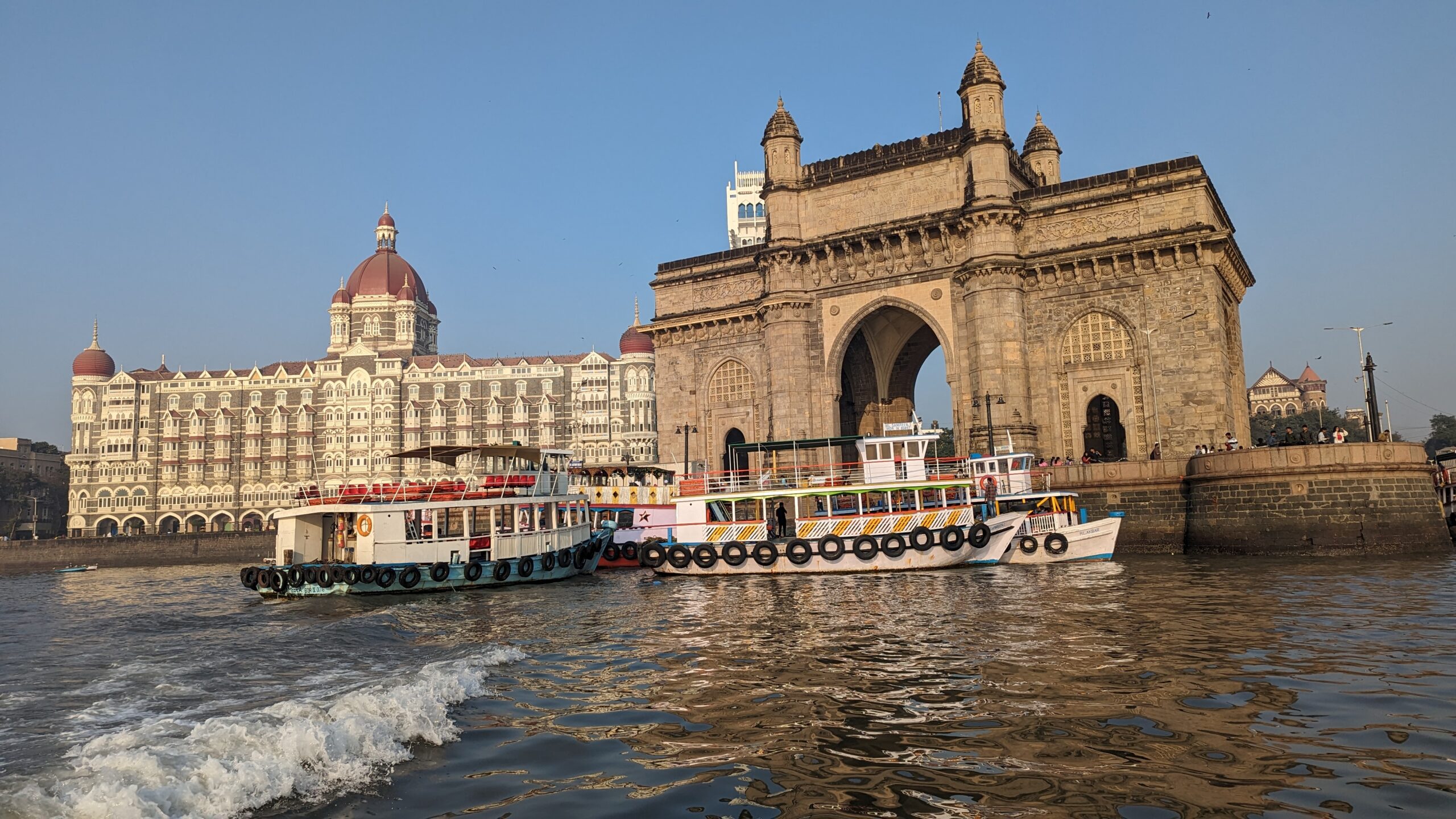Where To Stay In Mumbai: Best Areas & Neighborhoods For Tourists In 2025

Are you planning a trip and wondering where the best place to stay in Mumbai as a tourist is? I’ve got you covered!
Mumbai is a sprawling city and the congested traffic can make crossing the city a challenge on even the best days. Where you stay largely depends on what you plan on doing while you’re visiting the city.
When I moved to Mumbai I looked at apartments in several neighborhoods including Colaba, Cuffe Parade, Worli, and Bandra West. Ultimately, I chose to live in Bandra West, specifically the neighborhood of Pali Hill, because of its neighborhood feel and the variety of restaurants, cafes, and shops around. Walkability was also a big factor for me, considering I didn’t brave driving the roads in the chaotic city. I moved from New York City where I was used to walking to run my errands, which I could do in Pali Hill.
Short answer: For a first time visit or shorter trip to Mumbai, stay in Colaba or, more specifically, near the areas of Fort & Khala Ghoda. If you have more than 3 days, check out Bandra West. If you’re visiting on business, BKC (Bandra Kurla Complex) may be the best option if you need to be in nearby offices.
7 Best Neighborhoods For Tourists In Mumbai
Understanding the neighborhoods is important to help you pick where to stay during your time in Mumbai.
1. Colaba
Mumbai was a set of seven islands which the British connected with causeways. The first of those causeways was Colaba Causeway, which today is one of the most popular shopping districts. You can think of it as the birthplace of Bombay.
Colaba is a historic neighborhood with a distinct colonial charm. It houses iconic landmarks such as the Gateway of India and the Taj Mahal Palace hotel.
I’d recommend staying in Colaba if it’s your first time to Mumbai or if you have a short stay. Many of the touristy things to do in Mumbai are here.
📍Where to stay: Taj Mahal Palace hotel is an iconic hotel. I stayed in the modern Tower Wing here and had an amazing stay. There’s also the Palace Wing which is older and more grand, but still has all the comforts of modern amenities.
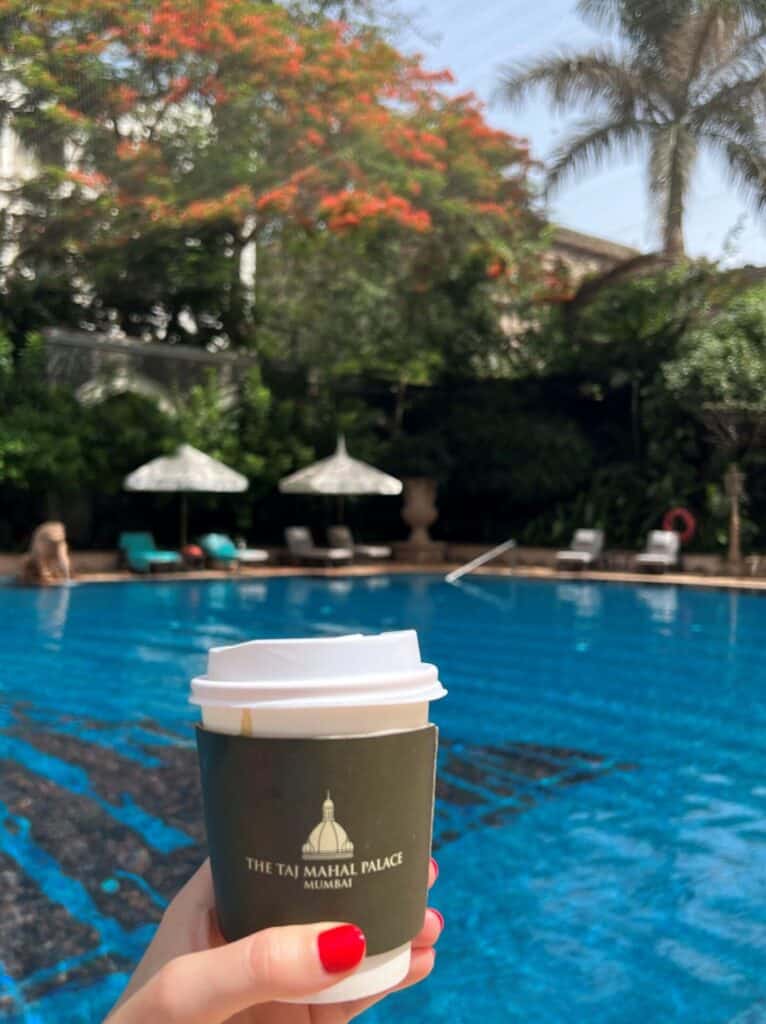
2. Bandra West
My personal favorite neighborhood, Bandra is the younger and more hip neighborhood. It serves as the link between South Mumbai and the western suburbs, both literally and figuratively. As a New Yorker, I would compare South Mumbai to Manhattan and the western suburbs to Brooklyn, with Bandra West being equivalent to Williamsburg.
Bandra, back in the day, was the edge of Mumbai. Today it’s where the western suburbs start. Its reputation has steadily increased with the new elite of Mumbai taking up residence there. It houses various Bollywood celebs, bankers, and ex-pats.
It’s the first neighborhood to be truly gentrified in Mumbai. Bandra is home to a vibrant mix of communities. Walking through narrow ways you can find street art, Portuguese villas, remnants of fishing villages, and modern cafes, providing a perfect balance of the old and new.
There’s plenty of shopping around Bandra as well. Head to Link Road (locals call it Bandra Linking Road) to find everything you need, from street shopping to all the global brands.
If you’re staying in Mumbai for a longer trip or short term living, I’d recommend finding a place in Bandra West.
📍Where to stay: Taj Land’s End is my top recommendation in Bandra West and where I told people to stay when they came to visit during my time living in Mumbai.

3. Fort & Kala Ghoda
Fort is Mumbai’s historic business district (prior to BKC) and boasts a rich colonial heritage. It’s home to architectural wonders like the Chhatrapati Shivaji Terminus (formerly Victoria Terminus) and the Bombay High Court. Additionally, Fort houses numerous banks, corporate offices, and government buildings.
Kala Ghoda, often referred to as Mumbai’s art district, is a hub for creativity and culture. This neighborhood is known for its art galleries and boutique stores. There is an annual art exhibition called Kala Ghoda Arts Festival (usually in late January or early February), which celebrates various art forms, from sculptures to paintings and more!
If you’re an art enthusiast or someone who appreciates a bohemian atmosphere, Kala Ghoda is a unique and artistic neighborhood to explore.
📍Where to stay: Abode Bombay for a boutique hotel experience on a budget right in the heart of the action. Or nearby Oberoi for a luxury stay at Nariman Point, just a short distance away by Marine Drive.
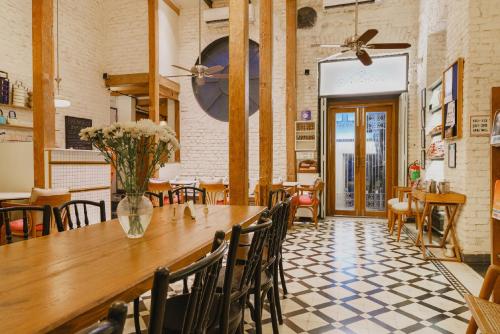
4. Juhu
Juhu is a coastal suburb of Mumbai known for Juhu Beach, which stretches for miles along the Arabian Sea. It’s a lively neighborhood with a mix of upscale residential areas, popular eateries, and entertainment options.
Today it is popular for Juhu Beach which is nice for a walk along the water, but can get very crowded. It’s also well known for its variety of street food stalls.
📍Where to stay: JW Marriot Mumbai Juhu is right on the beach with a beautiful pool complex on the property so you can enjoy swimming and the views of the beach away from the crowds out on the public beach.
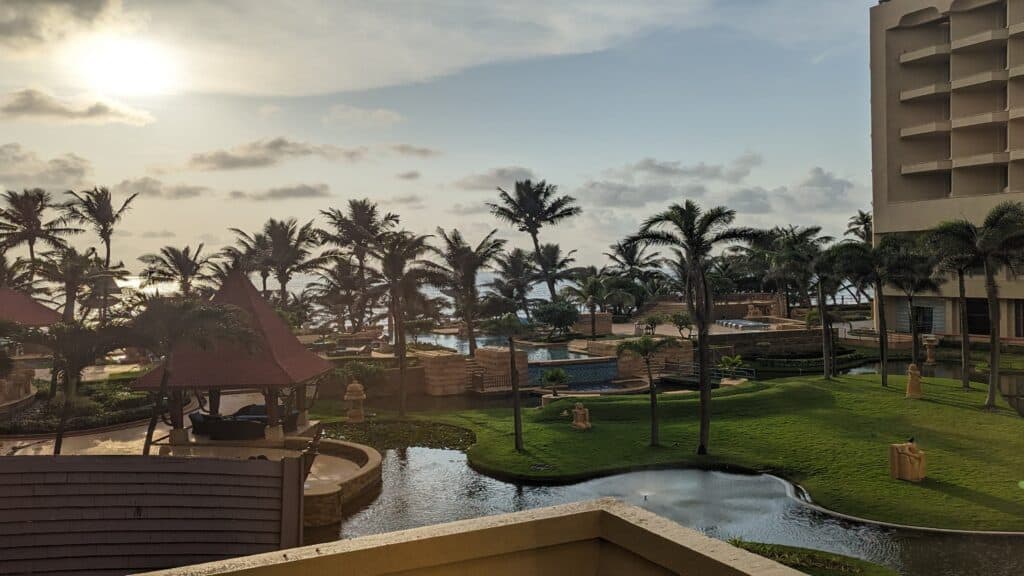
5. Worli
Worli is a coastal neighborhood in Mumbai known for its sea views and a mix of modernity and tradition. Historically known as Worli Fishing Village, there is still plenty of fishing in the area. You’ll also find promenades, upscale restaurants, and the iconic Worli Sea Face, which is perfect for evening strolls.
If you have things to do in both Colaba and Bandra, Worli is in the middle and with a quick ride across the Sea Link, you’ll be in Bandra West. Or, if you’re looking for a quieter and more upscale experience away from the chaos of the city, Worli is a good choice.
📍Where to stay: The St. Regis Mumbai has a rooftop pool where you can relax while admiring the city from far above the chaos.

6. Bandra Kurla Complex (BKC)
Bandra Kurla Complex is the new business district, created to move offices out of South Mumbai. BKC was built around 20 years old and now you can find offices from almost all multinational corporations, from Google to Citibank.
If you’re town for business, this is probably where you’ll be staying. If you’re looking to host a business dinner, there’s plenty of places here to book a reservation.
📍Where to stay: Trident Bandra Kurla or Sofitel Mumbai BKC

7. Andheri West
Another sprawling suburb of Mumbai, where many working professionals live, Andheri is a mix of residential and industrial areas.
One popular neighborhood within Andheri, Lokhandwala, serves as a commercial hub with shopping malls and numerous dining options.
📍Where to stay: There aren’t a ton of great hotel options in Andheri West so you can choose between staying in the nearby neighborhood of Juhu or across the highway, in hotels near the Mumbai Airport where there are a lot of great 5-star options. The Leela Mumbai is great option for a moderately priced 5-star hotel.
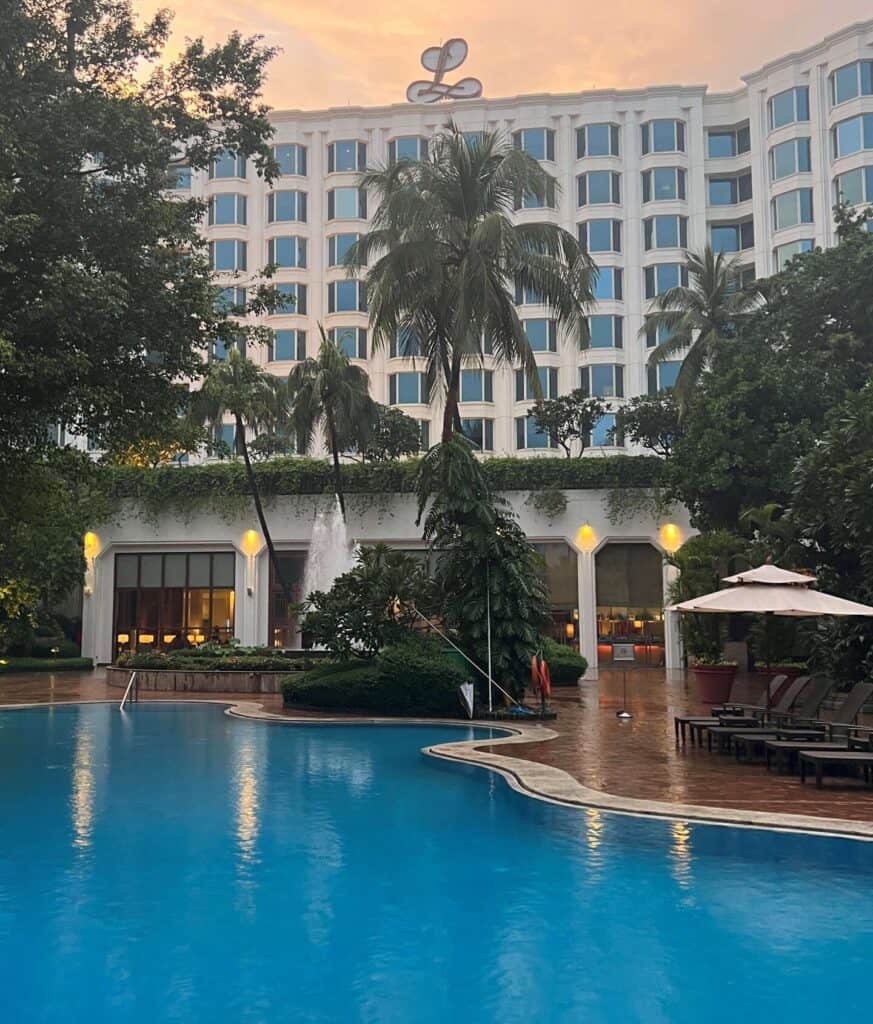
Where To Stay in Mumbai: FAQs
Answering some top questions about visiting Mumbai.
How many days should I spend in Mumbai?
Mumbai has a lot to see and do, from its iconic landmarks like the Gateway of India and Marine Drive to its street markets and culinary scene. Ideally, plan for at least 3 to 4 days to soak in the essence of Mumbai. This timeframe allows you to explore its diverse neighborhoods, indulge in its rich cultural heritage, and savor its culinary delights without feeling rushed.
If you want to stay longer, consider a day trip from Mumbai. The surrounding areas have a lot of beautiful scenery to offer.
Which part of Mumbai is most posh?
If luxury and opulence are what you seek, look no further than South Mumbai. This area, also known as “SoBo,” exudes an old-world charm with its majestic colonial architecture, upscale boutiques, and many great restaurants.
Areas like Colaba, Malabar Hill, and Cuffe Parade boast of posh hotels and elegant residences, offering a glimpse into Mumbai’s elite lifestyle. Staying in South Mumbai ensures proximity to iconic attractions like the Taj Mahal Palace, Elephanta Caves, and the famous Marine Drive.
Which is the safest area in Mumbai?
Overall, Mumbai is safe city for travelers. Mumbai offers several safe neighborhoods for tourists. South Mumbai, including the areas of Colaba and Fort, is a safe place to stay.
Bandra, located in the western part of the city, is renowned for its cosmopolitan vibe, trendy cafes, and vibrant street art. It’s a preferred choice among travelers for its safety and accessibility.
Additionally, Juhu and Andheri in the western suburbs are popular among tourists and offer a range of safe accommodation options, from luxury hotels to budget-friendly guesthouses.
What is the difference between Mumbai and South Mumbai?
Mumbai encompasses a large geographical area that includes South Mumbai.
South Mumbai, located at the southern tip of the Mumbai peninsula, is considered the city’s historic core and houses many significant landmarks, including the Gateway of India, Chhatrapati Shivaji Maharaj Terminus, and the iconic Marine Drive. It is renowned for its colonial-era architecture, bustling markets, and cultural institutions.
In contrast, Mumbai as a whole comprises not only South Mumbai but also the suburban areas extending northwards and eastwards, each with its own unique charm and character.
TLDR; Where To Stay In Mumbai: Best Areas & Neighborhoods For Tourists
As a New Yorker who spent extended time in Mumbai, I can see parallels between the two cities. Everyone has a train to catch, there’s hard working immigrants, and people move to the city for better opportunities. Mumbaikars depend on the local trains the same way New Yorkers need the subway to run.
Mumbai’s neighborhoods offer a diverse range of experiences. Whether you’re seeking luxury, culture, business opportunities, or vibrant nightlife, you’ll find a neighborhood in Mumbai that suits your preferences. So, take your pick, explore, and make the most of your visit to this dynamic city.
